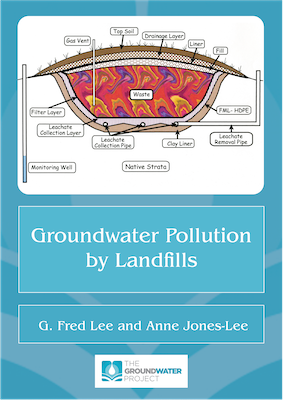Coming Soon!
In the USA, the engineered containment approach and prescriptions for today’s MSW landfills are codified in Subtitle D of the Resource Conservation and Recovery Act as implemented by the US EPA. Subtitle D is generally considered by the US EPA and public to have satisfactorily addressed MSW disposal and impact issues. However, there are deficiencies in the regulations that compromise the long-term protection it can reliably provide which include: wastes allowed; design and construction elements including liners, leachate collection and removal systems, and covers; operations; closure; monitoring; and corrective action. Groundwater Pollution by Landfills offers the authors’ objective and expert perspective based on decades of experience in addressing threats and impacts of landfilled MSW on public health/welfare, groundwater quality/resources, and the environment.
The evolution, prescriptions, requirements, and implementation of the regulations are examined and discussed in terms of their implications for, and ability to reliably protect, groundwater quality/resources and public health/welfare from adverse impacts of MSW landfills for as long as those wastes pose a threat. It delves into how and why the Subtitle D approach is—and has been known from its inception to be—a fundamentally flawed and unsustainable technology for providing reliable protection. Also addressed are issues of MSW streams, chemical characteristics of MSW landfill leachate, remediation of leachate-polluted groundwater, waste recycling, landfill alternatives, landfill reuse, post closure care, and financial assurance. The authors also offer approaches to developing more-protective Subtitle D-type landfills and specific guidance for the public when reviewing existing and proposed landfills and landfill expansions.

